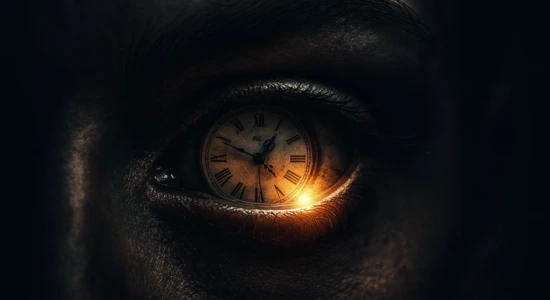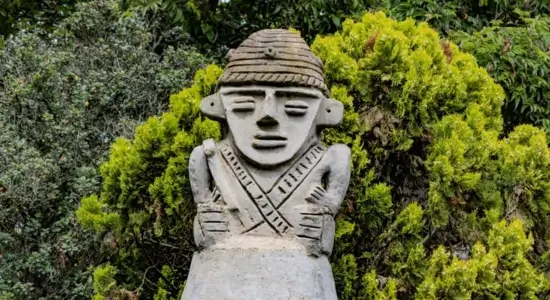At Fact Fun, we dive into mysteries that challenge what we thought we knew about human history. And today, that includes a child’s skull buried in one of the world’s oldest known cemeteries, which might hold genetic secrets from two different human species.
 The skull of the child shows a combination of traits typically associated with both modern humans (Homo sapiens) and Neanderthals. (Image credit: Israel Hershkovitz/Tel Aviv University)
The skull of the child shows a combination of traits typically associated with both modern humans (Homo sapiens) and Neanderthals. (Image credit: Israel Hershkovitz/Tel Aviv University)
A study recently published in L’Anthropologie has brought fresh attention to a skull found in Israel’s Mount Carmel, in a site known as Skhul Cave. The remains—specifically a child’s fractured cranium and lower jaw—have triggered speculation that this may be a hybrid between modern humans (Homo sapiens) and Neanderthals.
A Closer Look at Skhul I
The skull, dubbed Skhul I, belonged to a child aged around 3 to 5 years, who lived about 140,000 years ago. The fossil was first uncovered in 1928, among several deliberately buried individuals: seven adults, three children, and bone fragments from at least 16 others. These were initially thought to be a transitional form between Neanderthals and modern humans—but later categorized as fully Homo sapiens.
However, new CT scans allowed researchers to digitally strip away 20th-century plaster reconstructions, revealing anatomical details previously hidden. What they found was curious: the braincase closely matched modern humans, but the jawbone lacked a chin, a distinct Neanderthal trait.
Lead author Anne Dambricourt Malassé, a paleoanthropologist with France’s CNRS and the National Museum of Natural History, asserts this child was “objectively” a hybrid. She insists that such a morphology cannot be explained as natural variation within Homo sapiens.
 Using digital techniques, researchers eliminated the green-colored plaster overlaying the jaw. (Image credit: Israel Hershkovitz/Tel Aviv University)
Using digital techniques, researchers eliminated the green-colored plaster overlaying the jaw. (Image credit: Israel Hershkovitz/Tel Aviv University)
Not Everyone Agrees
However, the scientific community is divided. Chris Stringer, a paleoanthropologist from the Natural History Museum in London, isn’t entirely convinced. He notes that while the jaw may appear primitive, the overall skeleton aligns more closely with modern humans. Still, he doesn’t rule out the possibility of genetic mixing, especially in light of 2024 research that supports early gene flow between Neanderthals and humans roughly 100,000 years ago.
“Even if not first-generation hybrids,” Stringer says, “it’s certainly possible that the Skhul fossils reflect some gene flow between the two populations.”
Another skeptic, John Hawks, an anthropologist at the University of Wisconsin-Madison, adds that the physical traits alone aren’t enough to confirm hybrid status. Without DNA analysis, he warns, we’re still making educated guesses.
“Human populations are variable,” Hawks notes. “There can be a lot of variation in appearance even without interbreeding with ancient groups like Neanderthals.”
Why It Matters
Modern humans today carry between 1% to 3% Neanderthal DNA, inherited from ancient interbreeding. But the Skhul I skull, if proven to be a hybrid, would be one of the earliest physical examples of that connection—and could reshape our understanding of human evolution and migration out of Africa.
???? Did You Know?
In 2018, scientists uncovered the remains of “Denny,” a teenage girl in Siberia with a Neanderthal mother and Denisovan father—making her the first confirmed first-generation hybrid between archaic human species. Discoveries like Skhul I could reveal that such interbreeding may have been more common than we ever imagined.
Is Skhul I a real hybrid, or just a misunderstood member of our ancient family?
Follow Fact Fun for more deep-dives into human evolution, ancient mysteries, and the fascinating threads that connect us to our prehistoric past.
ref : Live Science , Wikipedia






